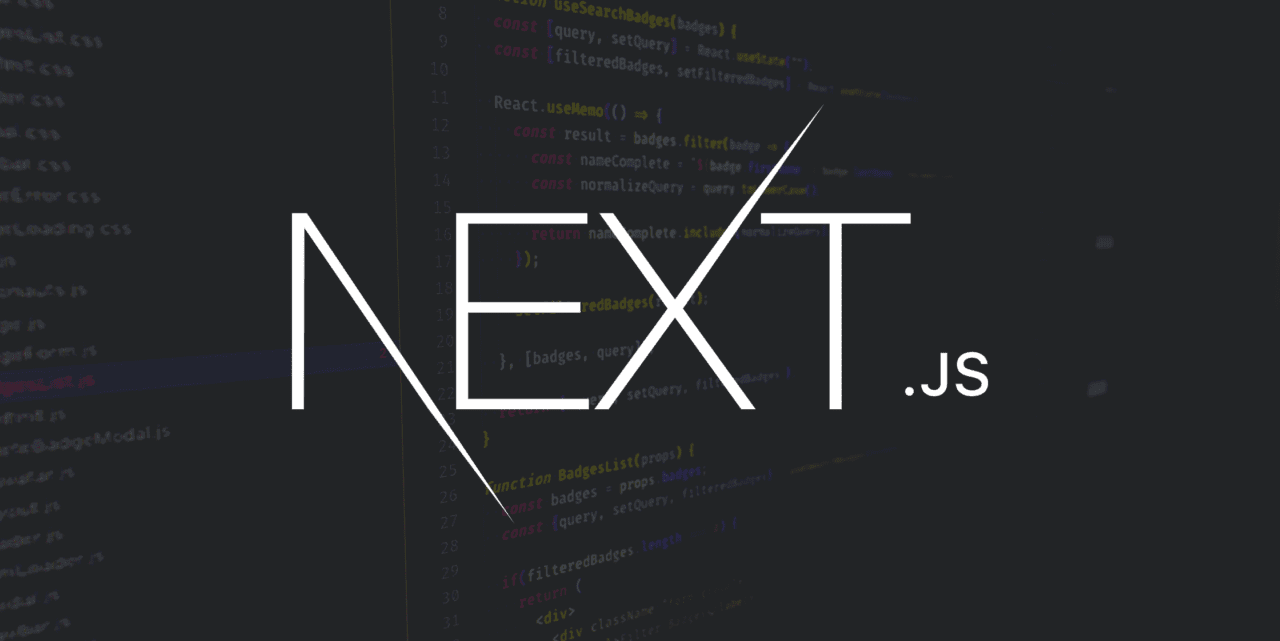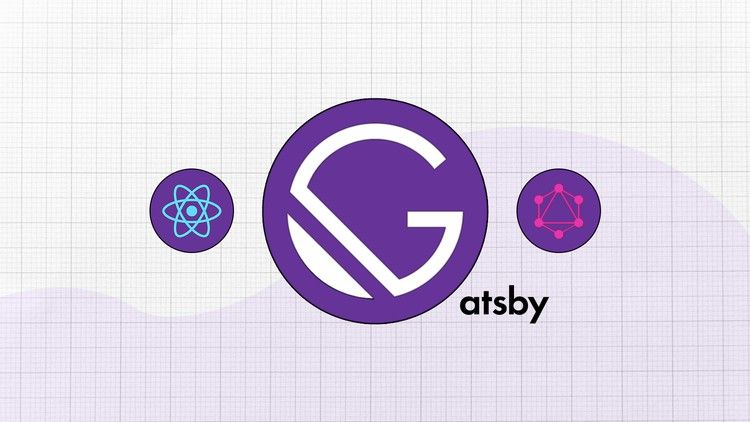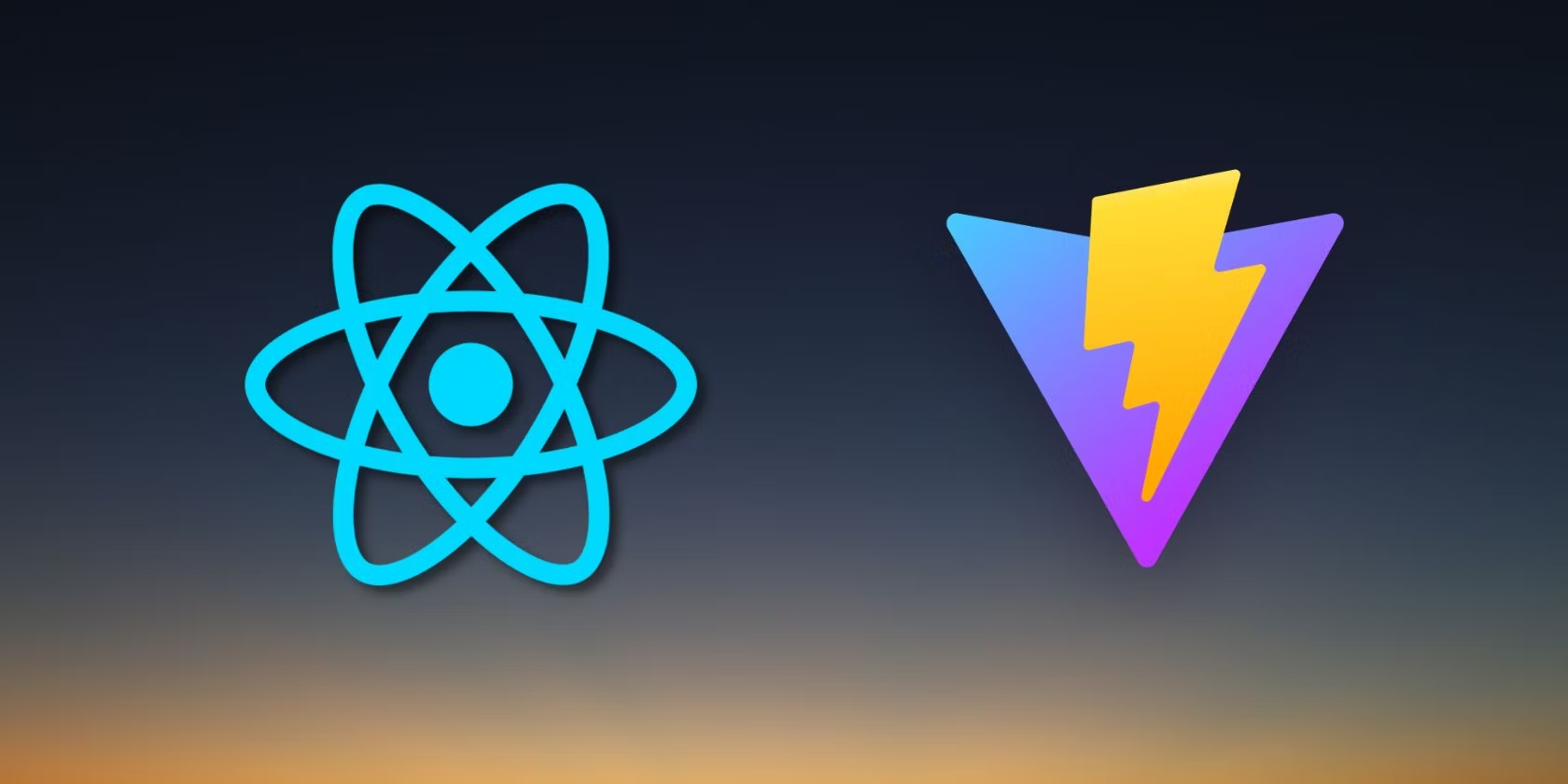React stands as one of the premier JavaScript libraries for developing cutting-edge web applications. However, selecting the optimal framework within the React ecosystem can pose a significant challenge. In this article, we embark on a detailed comparison of three prominent React frameworks: Next.js, Gatsby, and Vite. By delving into their respective strengths and weaknesses, we aim to provide clarity on which framework aligns best with your project requirements.
Which React Framework is Best? Next.js vs Gatsby vs Vite Comparison
Choosing the right React framework is crucial for the success of your project. Next.js, Gatsby, and Vite each offer unique features and benefits, catering to different use cases and development preferences.
Let's take a detailed look at these platforms.

Next.js
Pros:
- Next.js offers a plethora of rendering options including server-side rendering (SSR) and static site generation (SSG), elevating performance and bolstering SEO capabilities.
- Its comprehensive feature set encompasses essential functionalities such as routing and data fetching, streamlining the development process.
- The inclusion of API Routes facilitates seamless integration of server-side functionality.
- With a robust community and widespread adoption, Next.js ensures ample documentation and support resources.
Cons:
- Mastery of Next.js may entail a steep learning curve, particularly for projects of greater complexity.
- Configuring and customizing Next.js applications can prove intricate and time-consuming.

Gatsby
Pros:
- Gatsby emerges as an optimal choice for crafting fully static websites, delivering swift and reliable web experiences.
- Leveraging GraphQL, Gatsby empowers developers with robust data management capabilities and facilitates seamless data integration.
- Its expansive plugin ecosystem enables effortless project extension and customization.
- Gatsby excels in performance metrics and adheres to SEO best practices.
Cons:
- The development process in Gatsby may encounter limitations, especially in scenarios involving dynamic content.
- Notably, Gatsby falls short in providing robust SSR support for complex projects.

Vite
Pros:
- Vite stands out for its lightning-fast startup and development workflows, underpinned by instant feedback through hot module replacement.
- Its modular architecture facilitates granular control over project dependencies, resulting in lean and performant applications.
- Rapid production configuration enables expedited project deployment.
- Boasting TypeScript support and extensibility via diverse plugins, Vite caters to the evolving needs of developers.
Cons:
- Certain limitations may surface during the development phase, particularly in the context of large-scale and intricate projects.
- Despite its merits, Vite's community support may be relatively constrained compared to its counterparts.
Conclusion
In conclusion, each of these frameworks offers distinct advantages tailored to specific project requirements. Next.js shines in performance optimization and SEO enhancement, Gatsby excels in crafting static websites, while Vite prioritizes rapid development workflows. By leveraging the insights provided in this comparison, you can confidently navigate the React framework landscape and select the framework that best aligns with your project objectives.






